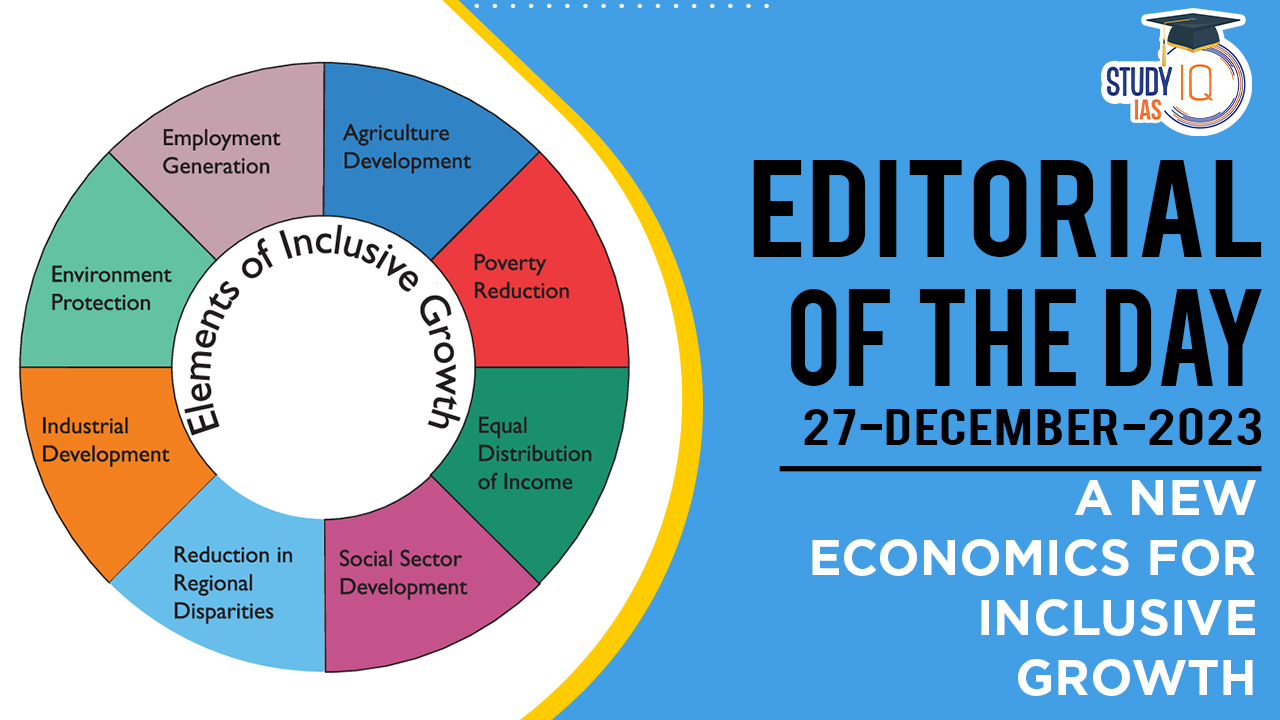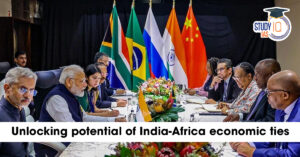Table of Contents
Context: “Breaking the Mould: Reimagining India’s Economic Future” by Rajan and Lamba urges India to abandon its manufacturing focus and leapfrog into exporting high-end services, challenging the country’s 30-year struggle with job creation and income growth.
Challenges for Job Creation and Income growth
- Skill-Job-Income Mismatch: India’s investment in high-end skills through institutions like the Indian Institutes of Technology has not translated into widespread job creation for the masses.
- Limited Job Creation in High-End Skills: Despite successes like India’s software industry and the space program, these sectors have not generated enough decent jobs for the broader population.
- Economic Models vs. Reality: The failure of economic theories to consider the practical process of ‘learning’ and development, as highlighted by British economist Adair Turner.
- Transition from Agricultural to Other Sectors: Workers in agriculture face challenges in moving to completely different job sectors due to skill and geographic constraints.
- Land and Financial Resource Scarcity: Large, capital-intensive factories are not as feasible in India due to its resource constraints.
- Dependence on International Supply Chains: The global economy shifted away from conditions when China became the world’s factory, affecting India’s participation in international supply chains.
We’re now on WhatsApp. Click to Join
Suggestive Measures/Way Forward
- Focus on Adjacencies: Developing skills and jobs in rural areas that are adjacent to the agricultural sector, allowing for easier transitions.
- Local Value Addition: Promoting small, labour-intensive enterprises in rural areas for processing agricultural produce, which adds value locally without needing large-scale processing centres.
- Inclusive Economic Growth: Shifting focus to India’s small-scale and informal manufacturing sector, which has been neglected.
- Policy Realignment: Instead of reducing taxes and giving incentives with the hope of trickle-down benefits, focus on direct job creation and income generation.
- Investment in Education and Skills: Aligning education and skills development with the needs of the larger population, rather than just focusing on high-end manufacturing and services.
- Utilising Human Resources: Leveraging India’s human resources for labour-intensive industries, rather than large, capital-intensive factories.
- Reimagining Economic Strategies: Policymakers must break from old economic models to focus on practical, inclusive growth, as suggested by the need for a new economic path.
- Producing Locally for Local Needs: Encouraging production within India to meet local demands, thereby creating jobs and increasing incomes domestically.
- Capitalising on India’s Market Potential: Taking advantage of India’s unmet market needs in the current global economic climate, promoting local production and consumption.


 Micrometeoroids: Tiny Space Particles, M...
Micrometeoroids: Tiny Space Particles, M...
 India Needs a National Insolvency Tribun...
India Needs a National Insolvency Tribun...
 Unlocking the Potential of India–Afric...
Unlocking the Potential of India–Afric...

























